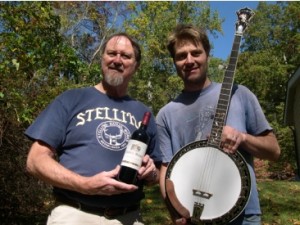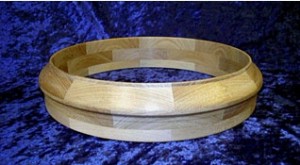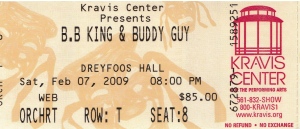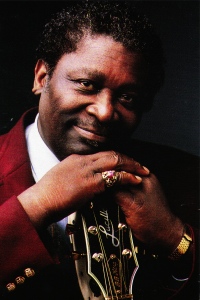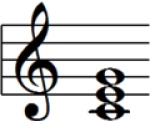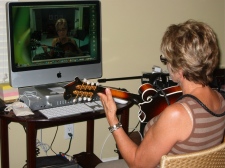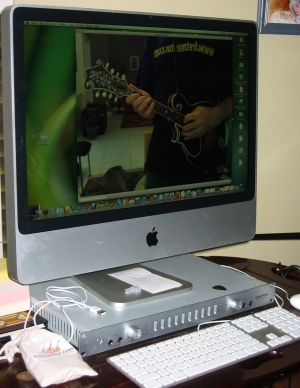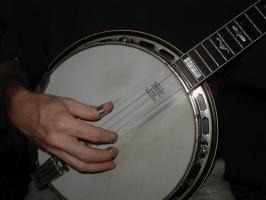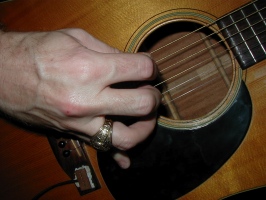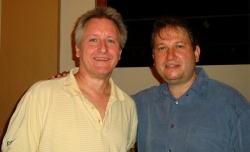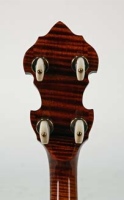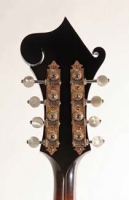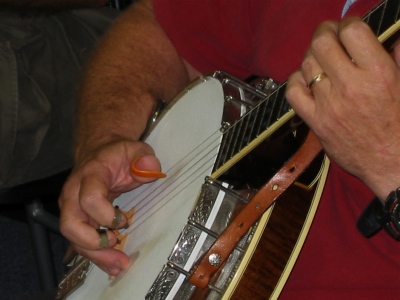
A Music Student Can Learn To Reach Their Potential
I have been studying music for a year now and I feel like I am not getting anywhere.
I think I have hit a plateau with my mandolin.
How do I get out of this rut with my guitar playing?
How can I take my banjo playing to the next level?
When will I ever figure this instrument out?
If you have taught music for a long enough time as I have, you will eventually hear some of the above comments and questions from students or class participants. As an instructor, I have learned not to take these comments personally.
My advice to the music student is usually the same: A plateau or rut is actually a normal occurrence. For those who seek advice and carefully commit themselves to a long-term education in music, the monotony of playing at what is perceived to be at the same level, is not insurmountable. However, for music students who do not recognize this potential pitfall and fail to seek advice, this stagnant period can lead to a loss of interest in playing an instrument all together.
So what is the secret to reaching the next level when practicing and playing your musical instrument? First, you need to have a commitment for the long-term. If music was easy, everyone could do it. The majority of musicians are not born with a hidden talent. They work hard every day to achieve greatness. Think of the hours spent by a virtuoso in an orchestra who practices regularly to earn the right to perform with his or her colleagues. Practice makes perfect as they say. There are many ways to develop your skills to succeed.
How Can I Progress Beyond The Plateau?
First, keep in open mind when studying music. Do you play various genres of music or do you limit your practice to one type; such as blues, pop, rock or country? Experiment with your style. Learning jazz and classical music, for instance, will open up the finger board and develop a greater understanding of how to improvise, while playing lead on your instrument.
Learn how to play various scales up and down the neck of the instrument. While this may not seem exciting, learning scales is fundamental to learning your instrument and the music your play on it.
Train your ear by playing simple melody lines on a different part of the fingerboard.
Develop your chord vocabulary. If you are unsure of how to accomplish this, begin with a basic understanding of music theory and what notes make up particular chords.
Do you have a qualified instructor? If not, much is to be gained by learning from someone who has the experience in playing and teaching music. A good instructor can teach you more in a shorter period of time than you can ever learn on your own (with or without books and DVDs). You made an investment in the instrument. It would be penny-wise and pound-foolish to short-change yourself by limiting your instructional tools and the methodology used to play that instrument. A good instructor is a good investment.

Performing With Others Is Invaluable
When in doubt, if you have been playing awhile; buy a new or different instrument. If you play acoustic guitar, buy an electric guitar. If you have an entry level banjo or mandolin, buy a nicer quality instrument which may be easier to play. To play a new instrument for the first time is like opening up a present on your birthday It adds some excitement to your daily routine. Another alternative is to try to add a second instrument to your collection and learn how to play it as well. Of course, only do this if you are serious about music.
Play music with other musicians. You will develop your timing, rhythm and lead technique this way. Playing alone will not provide you with the opportunity to build these skills. Take advantage of working with others on a common goal. You will make great friends this way and most importantly, improve as a musician.
These are only a few ideas to help you get over the plateau. There are many other suggestions and tips that I will explore in later articles. Until then, keep practicing and don’t let the plateau control you.

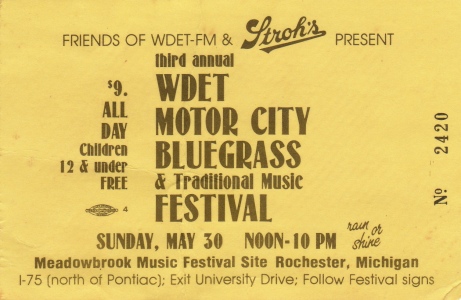
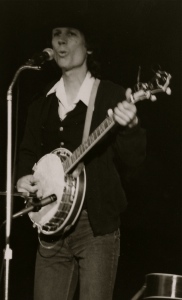
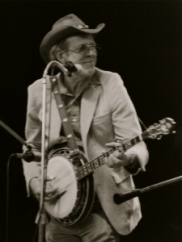
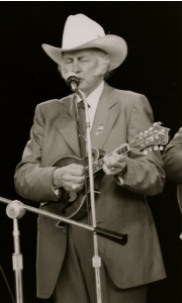
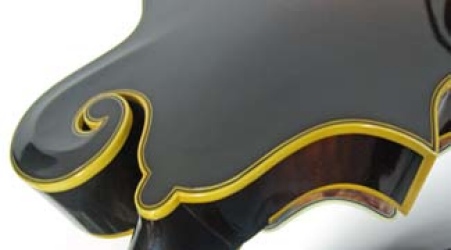

 The problem with polls is that a participant (voter) does not have an opportunity to clarify why he or she voted a specific way. If you are a mandolin player, for instance, you have to consider Bill Monroe one of the greatest of all-time. However, maybe today you have three other mandolin players who are at the top of your list. In any event, that shouldn’t diminish your prior admiration of Mr. Monroe.
The problem with polls is that a participant (voter) does not have an opportunity to clarify why he or she voted a specific way. If you are a mandolin player, for instance, you have to consider Bill Monroe one of the greatest of all-time. However, maybe today you have three other mandolin players who are at the top of your list. In any event, that shouldn’t diminish your prior admiration of Mr. Monroe. Another problem with polls is that a voter may forget about the great contributors and innovators of the past. Many of you know who Eric Clapton or BB King are today but fewer may be familiar with Robert Johnson or Muddy Waters, the pioneers who may have influenced such modern artists. So people tend to vote for the performer for which they are most familiar. This is one reason why my website continues to expand on a historical overview of some of these great performers. Music has a history that is not only relevant but essential to developing current and future performers of these instruments.
Another problem with polls is that a voter may forget about the great contributors and innovators of the past. Many of you know who Eric Clapton or BB King are today but fewer may be familiar with Robert Johnson or Muddy Waters, the pioneers who may have influenced such modern artists. So people tend to vote for the performer for which they are most familiar. This is one reason why my website continues to expand on a historical overview of some of these great performers. Music has a history that is not only relevant but essential to developing current and future performers of these instruments. So, here is an opportunity for you to not only vote but to also express who your favorite banjo, guitar and mandolin players are and why? I encourage you to add your comments to this blog. You can reference the history and polls listed at www.fretmentor.com. and vote in these polls if you haven’t already done so. Most importantly, give us your comments and help to engage others to share their opinions and thoughts as well .
So, here is an opportunity for you to not only vote but to also express who your favorite banjo, guitar and mandolin players are and why? I encourage you to add your comments to this blog. You can reference the history and polls listed at www.fretmentor.com. and vote in these polls if you haven’t already done so. Most importantly, give us your comments and help to engage others to share their opinions and thoughts as well .